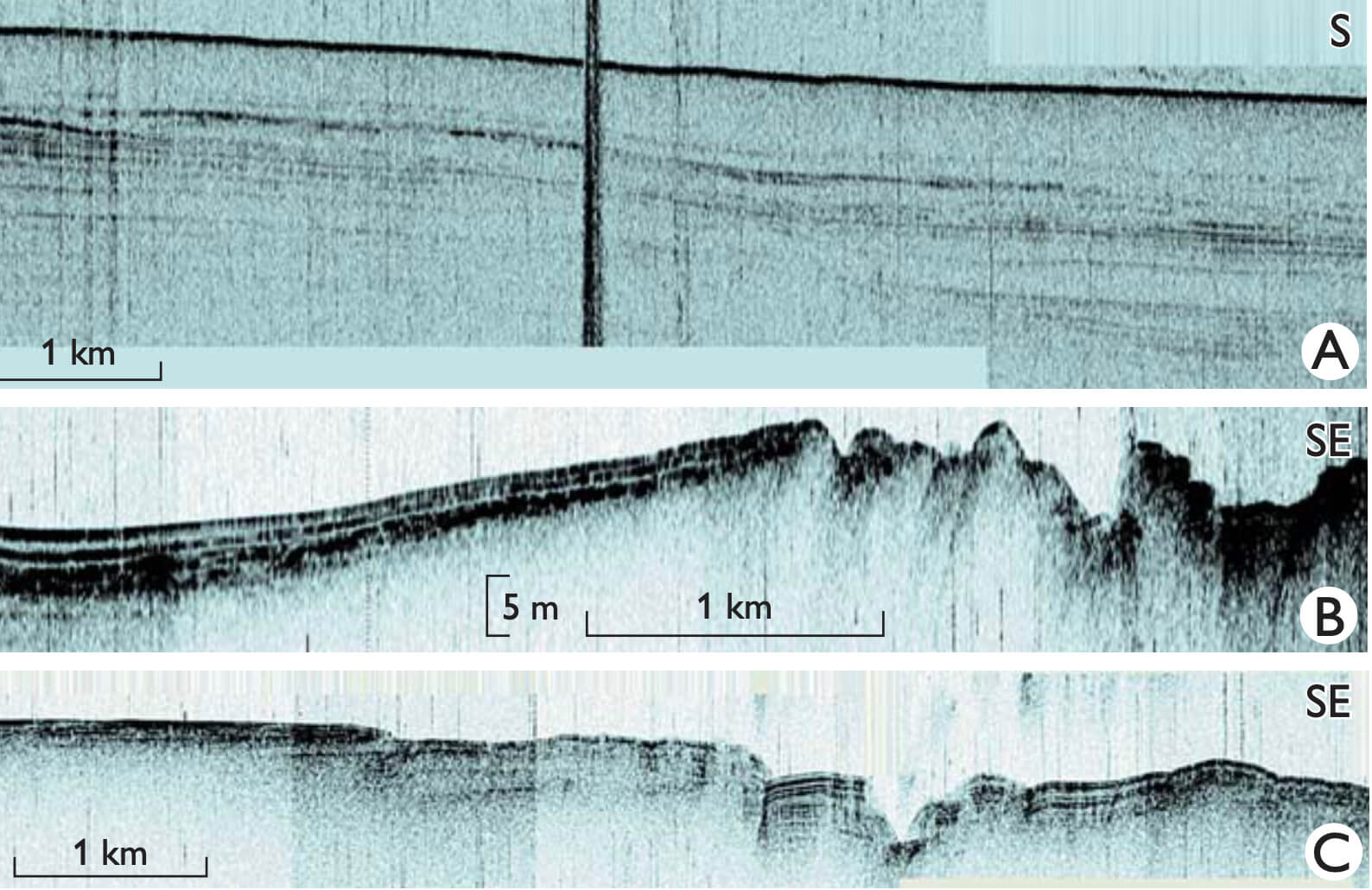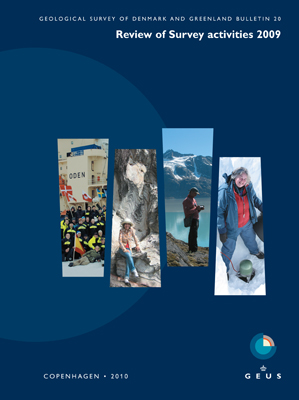
How to Cite
Share
Abstract
The Greenland ice sheet is one of the most significant contributors to the rising global sea level with a contribution of 0.5 mm per year (Rignot & Kanagaratnam 2006). Evidence is emerging that rising temperatures of subsurface ocean currents play a vital role in the recent acceleration of large fast flowing glaciers such as Jakobshavn Isbræ in West Greenland (Holland et al. 2008) and Helheimgletscher in South-East Greenland (Straneo et al. 2010). Important questions are whether these incursions of warmer water are part of a recurrent phenomenon and indeed exactly how they influence the glaciers. The Geocenter Denmark project SEDIMICE (Linking sediments with ice-sheet response and glacier retreat in Greenland) investigates past ice fluctuations in the Helheimgletscher region in South-East Greenland with regard to magnitude, possible causes and effects. One of the main tasks in this project is to analyse sedimentary deposits in the main fjord Sermilik (Fig. 1), which is influenced by the tidally affected Helheimgletscher that has a short floating tongue. By combining sediment studies with modern climate studies we aim to extrapolate meteorological data back in time.
How to Cite
Share
Copyright (c) 2010 Camilla Snowman Andresen, Niels Nørgaard-Pedersen, Jørn Bo Jensen, Birger Larsen

This work is licensed under a Creative Commons Attribution 4.0 International License.
Downloads
Edited by Ole Bennike, Adam A. Garde and W. Stuart Watt
This Review of Survey activities presents a selection of 23 papers reflecting the wide spectrum of activities of the Geological Survey of Denmark and Greenland, from the microscopic to the plate-tectonic level. In addition, an obituary about the former director of the [...]









